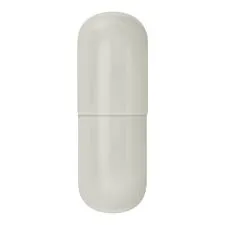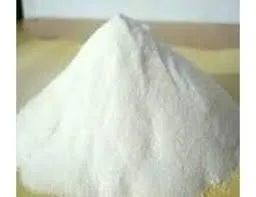
Feb . 06, 2025 00:50 Back to list
how to dissolve hpmc in water


Enhancing Solubility with Additives Incorporating specific additives can enhance HPMC solubility. For instance, utilizing a small amount of salt can manipulate ionic strength, promoting better dissolution. However, caution is necessary to avoid interactions that might affect the polymer’s functional properties. Ensuring Safety and Compliance Always adhere to safety protocols when handling HPMC. Use protective gear and ensure proper ventilation in the workspace. For industries such as pharmaceuticals, compliance with regulatory standards and documentation of the dissolution process is essential to establish credibility and trustworthiness. Application-Specific Considerations Building expertise involves understanding application-specific nuances. In construction, for example, HPMC's dissolution in water must consider sand and cement interactions. Therefore, precise control over HPMC integration within mortar or concrete formulations is critical for end-product performance. Long-Term Storage Solutions For solutions not used immediately, maintaining their efficacy requires attention to storage conditions. Store in airtight containers to prevent contamination and viscosity changes. A consistent ambient temperature prolongs the shelf-life of the HPMC solution, aligning with best practices in professional storage management. Troubleshooting Common Challenges Despite adherence to optimal protocols, professionals may encounter challenges such as unexpected viscosity increases or incomplete dissolution. In such cases, reassess variables such as water purity, mixing speed, and temperature consistency. Leveraging professional forums and manufacturer support can provide advanced troubleshooting insights. Conclusion Achieving the ideal dissolution of HPMC in water hinges on a combination of careful material selection, precise temperature and mixing control, and a deep understanding of application-specific requirements. By incorporating experience-driven strategies and maintaining a dedication to safety and compliance, professionals can harness the full potential of HPMC in their respective fields. This comprehensive approach not only enhances product quality but also reinforces the authoritative and trustworthy nature of your methods, ultimately contributing to greater success in diverse industrial applications.
-
Unlocking the Benefits of HPMC Products: A Gateway to Versatile Applications
NewsAug.07,2025
-
Unleashing the Potential of HPMC Ashland: A Comprehensive Look
NewsAug.07,2025
-
Tile Bonding Cellulose: The Key to Superior Adhesion and Durability
NewsAug.07,2025
-
Hydroxypropyl Methylcellulose Powder: The Versatile Component in Modern Pharmaceuticals
NewsAug.07,2025
-
Hydroxyethyl Cellulose: The Versatile Solution for Various Industries
NewsAug.07,2025
-
Hydroxyethyl Cellulose (HEC): The Versatile Polymer for Various Applications
NewsAug.07,2025







